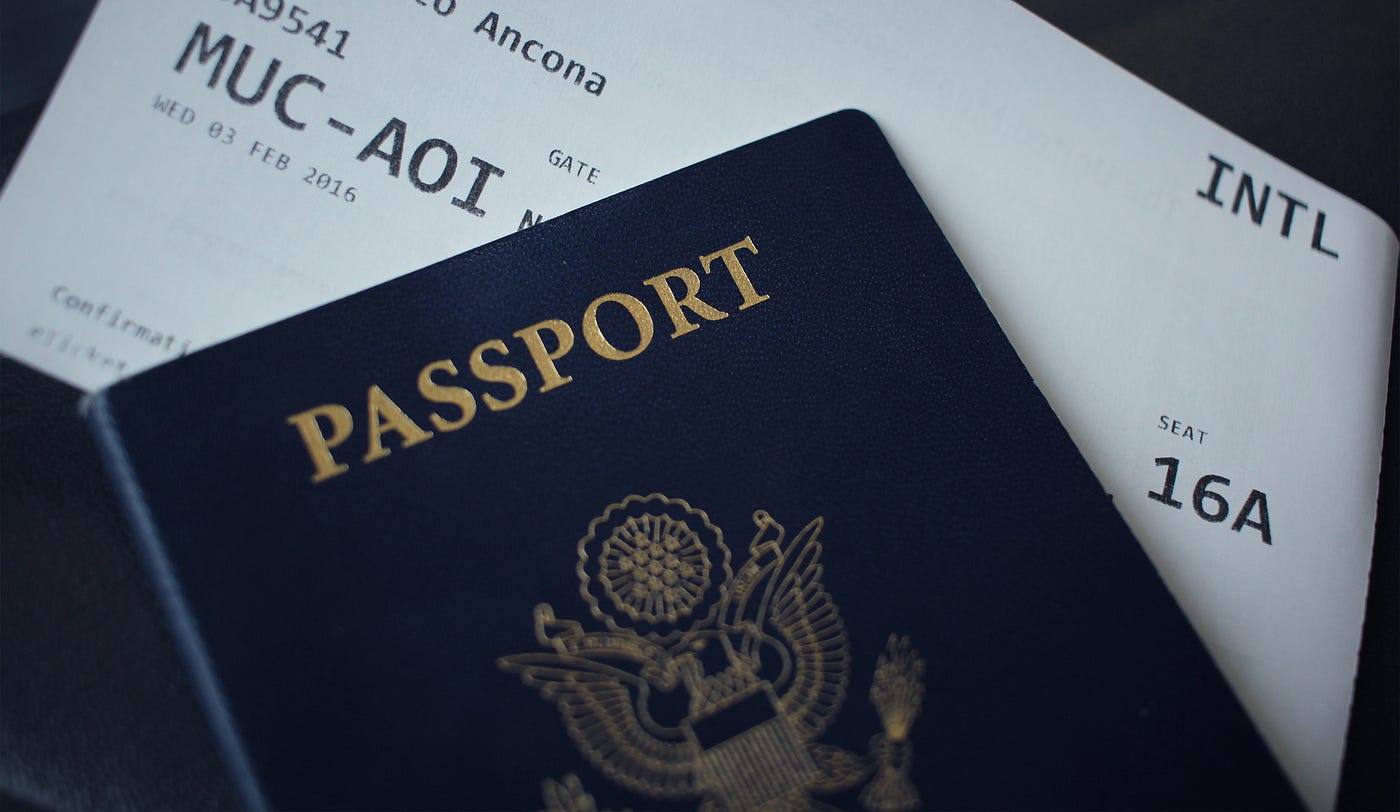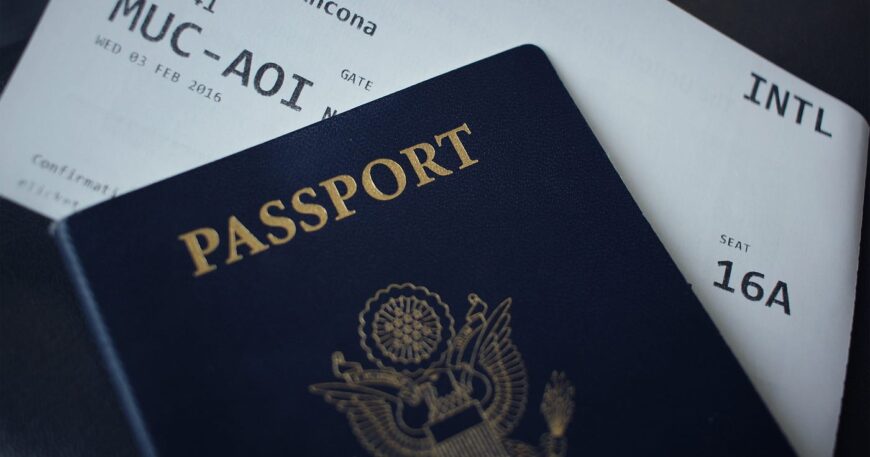Introduction
If you or your family member holds an F‑1 visa and you’re looking into the option of applying for the dependent F2 visa, you’ve come to the right place. In this comprehensive blog post by Syed Professional Services (www.syedpro.com), we’ll explore everything you need to know about the F2 visa: what it is, how to qualify, the pros and cons, the application steps, important rules, and how you can avoid common pitfalls. Whether you’re excited or apprehensive, this guide provides a balanced look at the F2 visa so you can make an informed decision.
F2 Visa: What Exactly Is It?
The F2 visa is a non‑immigrant visa category for the spouse and unmarried children under 21 of an F‑1 visa holder. If your spouse or child is coming to the U.S. to join you while you study on an F‑1 visa, the F-2 visa is their ticket.
This means:
-
If you hold an F‑1 visa and you’re studying in the U.S., your eligible dependents may apply for the F-22 visa.
-
The F2 visa is entirely dependent on the F‑1 visa status — if the F‑1 status ends, typically the F2 status ends too.
Understanding this relationship is crucial before you apply.
Who Is Eligible for the F2 Visa?
Eligibility for the F2 visa comes with specific conditions:
-
The primary F‑1 visa holder must be in a valid status at a school certified by the Student and Exchange Visitor Program (SEVP).
-
The dependent must be:
-
A spouse of the F‑1 visa holder, or
-
An unmarried child under 21 years of age of the F‑1 visa holder.
-
-
For the F2 children: if they marry or turn 21, they are no longer eligible for F2 status.
-
Sufficient proof of funding: The F‑1 applicant needs to show they can support their dependents financially.
So if you’re planning for a spouse or child to come with you, these are the foundational eligibility criteria for the F2 visa.
Why You Might Choose the F2 Visa (Positive Aspects)
Let’s look at the strong positive reasons to consider the F2 visa:
-
Family unity – The biggest benefit: being together in the U.S. while you study on an F‑1 visa. The F2 visa allows your spouse/child to accompany you.
-
Stay duration tied to program – The F2 visa status lasts as long as the F‑1 visa status remains valid and the program is ongoing.
-
Children’s education – Children on the F2 visa may attend kindergarten through 12th grade full‑time in the U.S.
-
Travel flexibility – Dependents on F2 status can travel in and out of the U.S., provided conditions are met.T
-
Peace of mind – Knowing your family doesn’t have to remain in the home country can relieve stress and allow you to focus on your studies.
These are strong incentives. If family cohesion is important to you during your study period, the F2 visa can be a very positive option.
Why the F2 Visa Can Be Challenging (Negative Aspects)
It’s also important to be realistic about the limitations of the F2 visa:
-
No employment – One of the major downsides: F2 visa holders are not permitted to work in the U.S.
-
Limited study options (for spouses) – Spouses on F2 status may only take part‑time or recreational courses; full‑time degree programs require switching status.
-
Dependent status risk – Because F2 depends entirely on the F‑1 status, any change to the F‑1 holder’s status (program completion, leaving the U.S., etc.) can terminate the F2 status.
-
No path to permanent residency via F2 – The F2 visa is a non‑immigrant category and does not by itself lead to a green card.
Financial burden – While the F2 visa doesn’t require a separate SEVIS fee in many institutions, the family must still show sufficient funds.
Having a complete picture — including both positive and negative aspects — ensures you’re making an informed decision.
Step‑by‑Step Application Process for the F2 Visa
Here’s how you apply for the F2 visa:
-
Step 1: Ensure the F‑1 visa holder is admitted to an SEVP‑certified school and has received Form I‑20.
-
Step 2: The dependent (spouse/child) obtains a separate I‑20 issued to them, tied to the F‑1 student’s I‑20.
-
Step 3: The applicant completes the DS‑160 (Online Nonimmigrant Visa Application) form.
-
Step 4: Schedule a visa interview at the U.S. embassy or consulate in your country.
-
Step 5: Prepare supporting documents: valid passport, marriage certificate (for spouse), birth certificate (for child), proof of relationship, proof of F‑1 status (I‑20, visa, I‑94), and evidence of financial support.
-
Step 6: Attend the interview and present your case.
-
Step 7: If approved, the dependent obtains an F2 visa stamp, enters the U.S., and maintains status as long as the F‑1 visa holder remains valid.
This process applies generally — always check the specific U.S. consulate requirements in your country.
Key Documents Required for the F2 Visa
To ensure a smoother application for the F2 visa, gather the following documents:
-
Valid passport of the dependent applying for an F2 visa.
-
Form DS‑160 confirmation page.
-
Fee payment receipt for visa application (where applicable).
-
Form I‑20 for the F2 dependent issued by the school.
-
Copies of the F‑1 student’s I‑20, visa, passport, and I‑94.
-
Proof of relationship: marriage certificate (if spouse) or birth/adoption certificate (if child).
-
Evidence of sufficient funds to cover you and your dependents’ living costs in the U.S.
-
Intended return home: proof of ties to home country (optional but helpful).
Make sure the documents are well‑organized and consistent: this reduces delays and improves your case.
Maintaining F2 Status: What You Must Know
Once the F2 visa is granted and the dependent enters the U.S., there are ongoing requirements:
-
The F‑1 visa holder must maintain a full, valid status (enrolled, making progress, etc.). If the F‑1 status lapses, the F-22 status also ends.USCIS
-
F2 visa holders cannot work in the U, S. as employment would violate their status.
-
Spouses on F2 cannot enroll in full‑time academic programs; children under 21 may attend K‑12 full‑time.
-
If the F2 child turns 21 or gets married, they need to switch status (e.g., to F‑1) if they wish to stay.
-
Departing and re‑entering the U.S. is possible, but you must carry valid I‑20s, visa stamps, and maintain status.
Understanding and complying with these rules keeps your dependent’s status secure.
Changing Status From F2 Visa: What to Consider
There may be scenarios where someone on an F2 visa wants to change status — for example, the spouse wants to pursue a full‑time degree. In such a case:
-
They must apply for a change of status (Form I‑539) to switch from F2 to F1 (or another appropriate visa) before the full‑time study begins.
-
Keep in mind the limitations: the change application must be timely, and your status must be maintained until it’s approved.
-
If the application is delayed or denied, there may be a risk of falling out of status, stressful and potentially expensive.
-
Plan: if you know you (as an F2 dependent) want to study full‑time, consider applying early or planning your timeline accordingly.
Common Pitfalls and How to Avoid Them
Here are common mistakes with the F2 visa and practical tips to avoid them:
-
Mistake: Applying before the F‑1 visa holder is enrolled or before the I‑20 is issued.
Tip: Ensure the F‑1 holder is admitted and the I‑20 is issued before starting the F-2 application. -
Mistake: Dependent engages in full‑time study while on F2 without changing to F1.
Tip: If you plan to study full-time, plan for a status change first. -
Mistake: Work in the U.S. on an F2 visa (forbidden).
Tip: Never accept paid employment; volunteer work may be acceptable, but check the institution’s policy. -
Mistake: F‑1 program ends or is abandoned, and the dependent remains — status termination.
Tip: Monitor the F‑1 status closely; always be aware that your status depends on theirs. -
Mistake: Missing travel/entry documents when re‑entering the U.S.
Tip: Carry the valid I‑20 for F2, ensure the visa stamp is valid, and check the travel signature.
Avoiding these pitfalls will significantly reduce your risk of denial or status issues.
How Syed Professional Services Can Help With Your F2 Visa
At Syed Professional Services, we specialize in immigration, tax, and accounting services for international students and their families. If you’re considering applying for the F2 visa, here’s how we can assist:
-
We can review your F2 visa eligibility and make sure you meet all requirements.
-
We help you compile and organise the documentation: I‑20 forms, relationship proof, financials, etc.
-
We can provide guidance on maintaining your status, travel issues, and handling a change of status if needed.
-
We provide tax and accounting advice for international student families, helping you understand any tax or financial implications of status changes.
With our expertise, you can reduce stress and navigate the F2 visa process with confidence.

FAQ – Frequently Asked Questions about the F2 Visa
What is the difference between the F2 visa and the F1 visa?
The F1 visa is for international students pursuing full‑time academic study. The F2 is for their dependents (spouse/children) to accompany them; F2 holders cannot engage in full‑time study (for spouses) or work.
Can an F2 visa holder work in the U.S.?
No. F2 holders are not permitted to work in the U.S.
Can an F2 visa holder study full‑time in the U.S.?
Not if they are spouses. Spouses on F2 can only take part‑time or recreational courses. Children under 21 may attend K‑12 full‑time.
Does the F2 visa lead to a green card?
Not directly. The F2 is a non‑immigrant visa and doesn’t automatically lead to permanent residency. You may change status, but you’ll need to explore other routes for a green card.
What happens if the F1 visa holder finishes their program or leaves the U.S.?
If the F1 visa holder loses status, the F2 dependent’s status typically ends as well. You must depart or change status accordingly.
Can the F2 visa holder travel outside the U.S. and re‑enter?
Yes, F2 holders may travel, but must ensure they have a valid F2 stamp (or visa‑waiver eligible), a valid passport, a valid I‑20 for F2, and the F1 holder must maintain status.
Conclusion
Navigating the F2 process can feel both empowering and overwhelming. On the positive side, the F2 offers a path for your spouse or children to join you in the U.S. while you study — an enormous benefit in terms of family unity and peace of mind. On the flip side, the limitations — especially around work and full‑time study — demand realistic expectations and careful planning.
At Syed Professional Services, we understand both sides of the equation. Whether you’re moving forward with the F2 or weighing other options, we’re here to help guide you every step of the way. Reach out for expert support so that your visa journey is smooth, informative, and successful.




